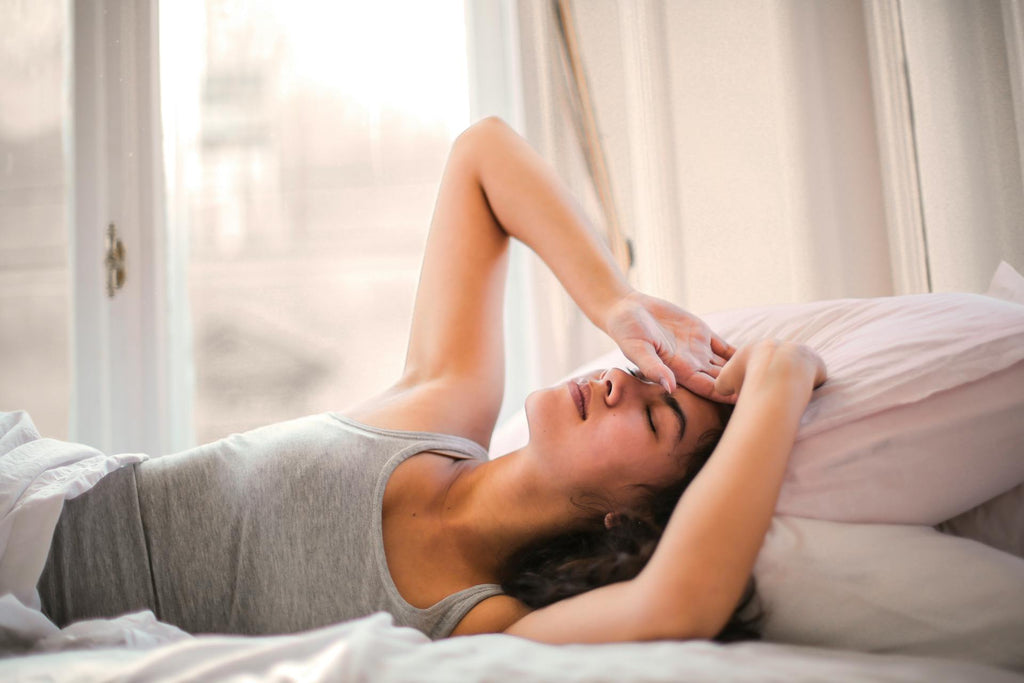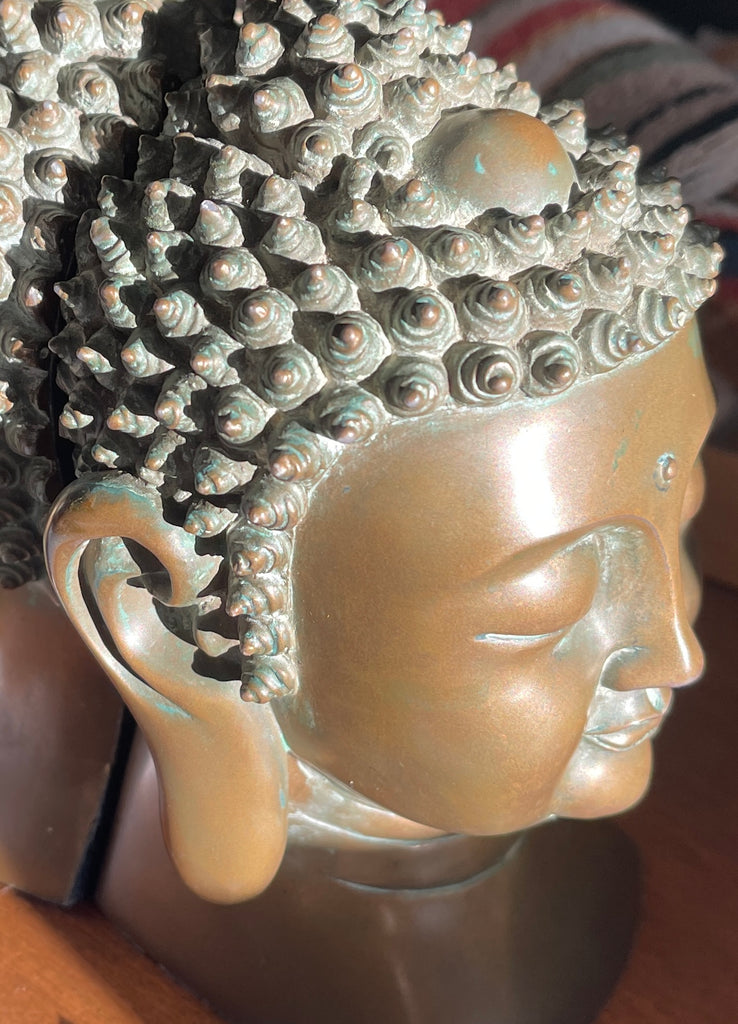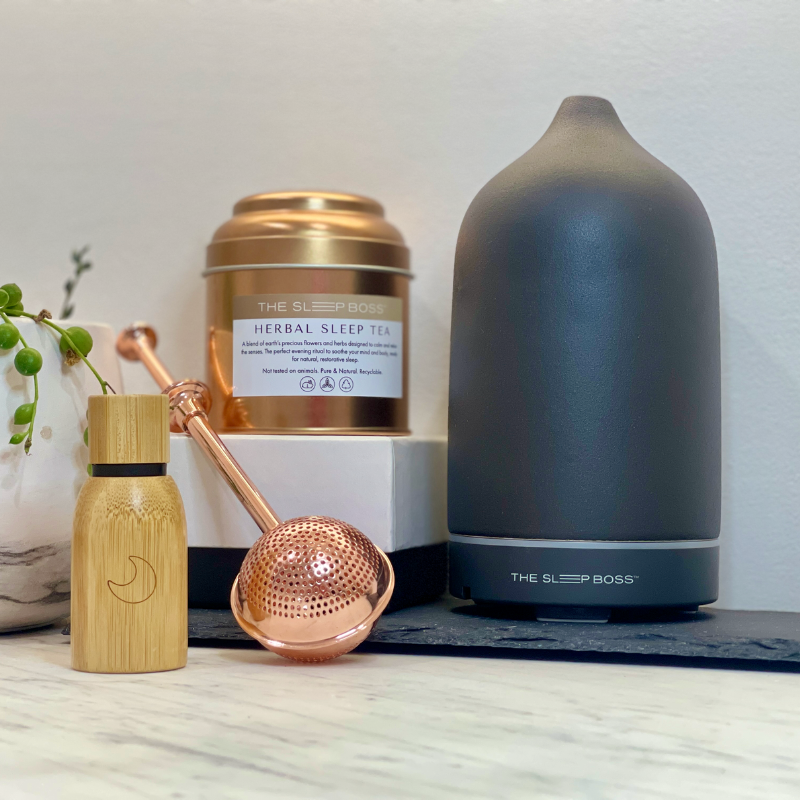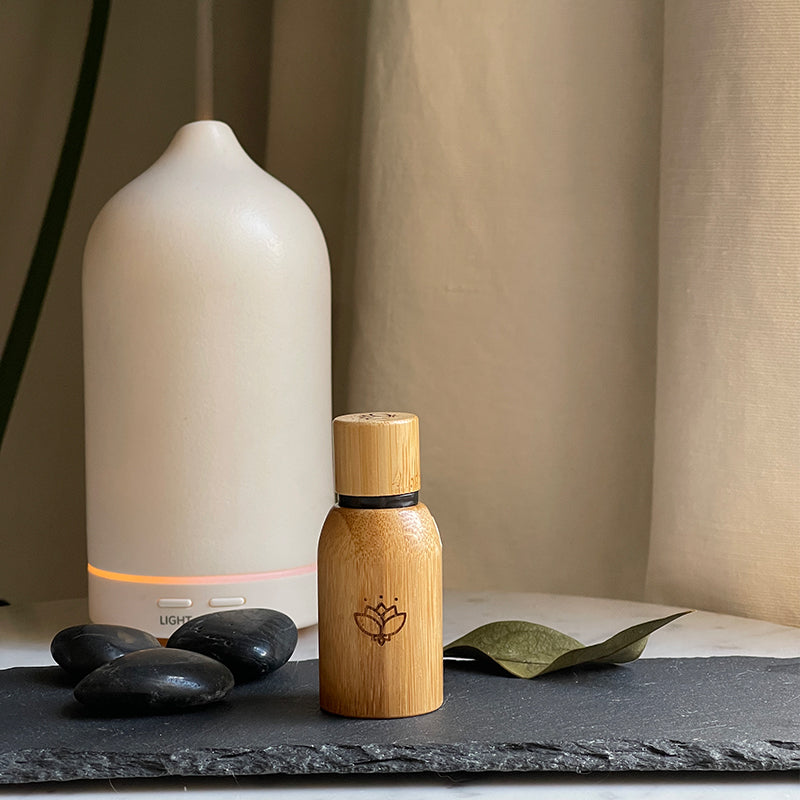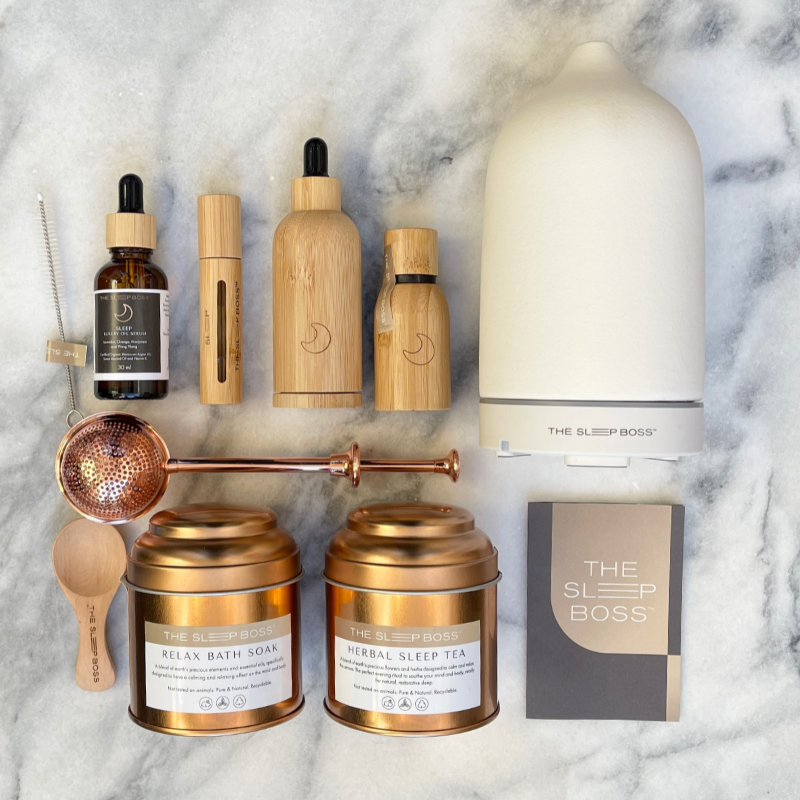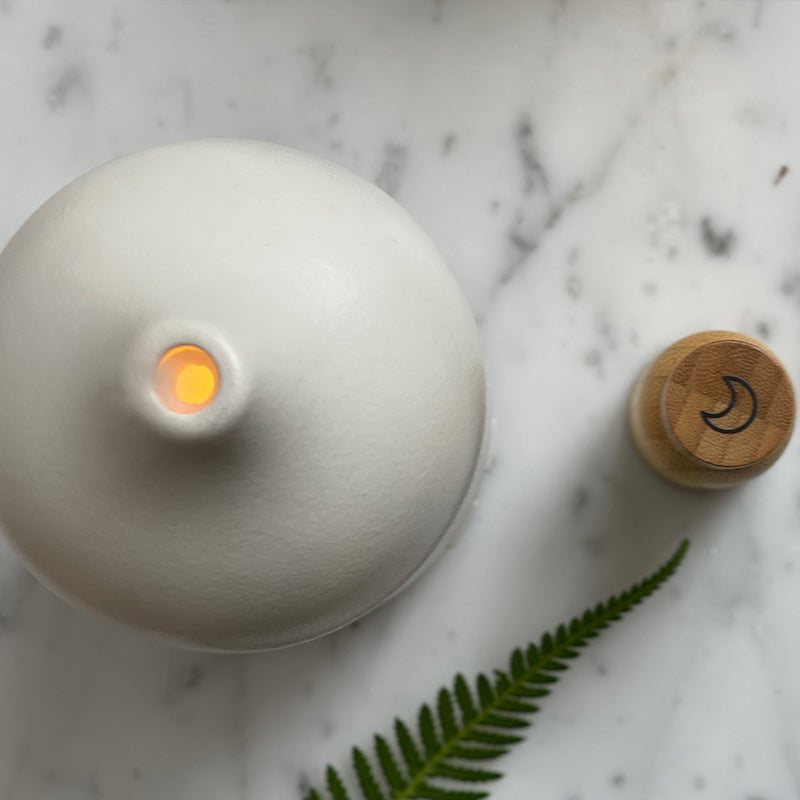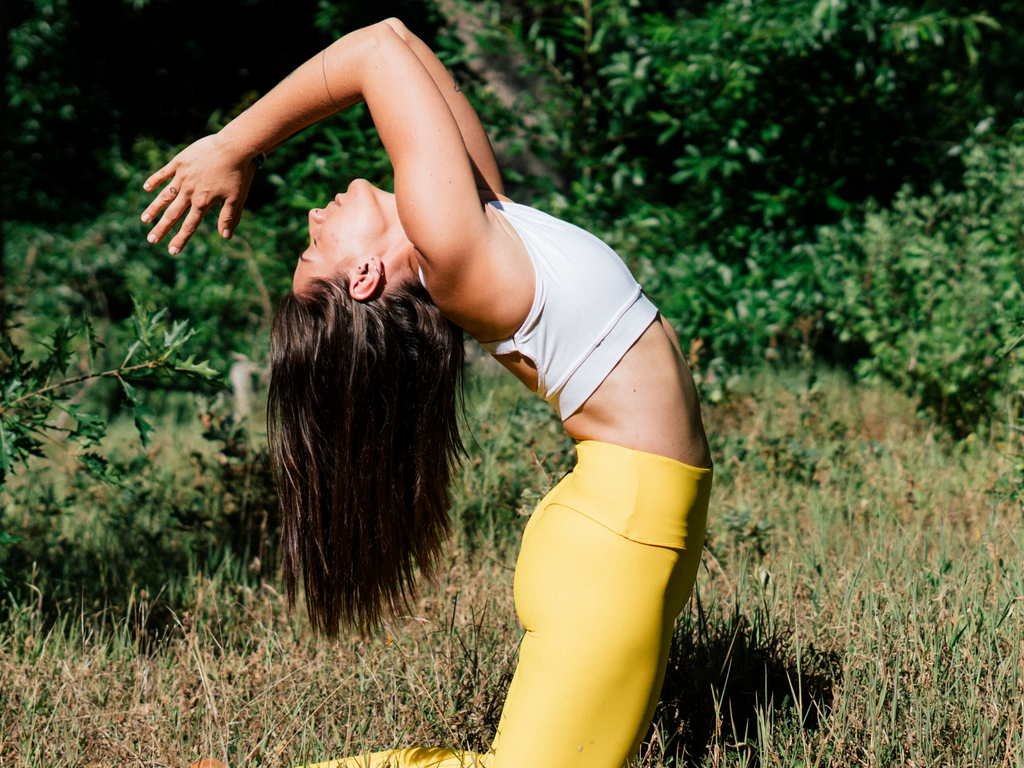
4 of the best Yoga poses for better sleep
Which Yoga poses help you sleep better?
Are you struggling with insomnia, back and neck pain, or the stresses of modern life? If so, you're not alone. Insomnia is a pervasive issue affecting many individuals, often exacerbated by the fast-paced nature of contemporary living. But here's some good news – there's a natural remedy that can help you find the restful sleep you crave: yoga for sleep
Did you know that some postures assist us in regaining our natural equilibrium, allowing the body to settle into a deep sleep and sleep through the night at the same time?
What is Yoga?
Yoga has evolved from a discipline to a way of life for many humans. Its major goal is to cure, care for, and develop the body and mind by using breathing and meditation to harmonize and balance them. Although this relaxing method began thousands of years ago in India, it has grown to become one of the most popular physical and mental conditioning techniques in today's culture.
Yoga poses for better sleep
Breathe alternately (Nadi Shodhana)
The alternating breathing method, also known as Nadi Shodhana or Anuloma Viloma in the yogi world, is one of the finest techniques for going asleep. To perform it, sit comfortably on the floor or a chair with a straight back. Put your hands on your knees, palms facing up. Close your eyes and stretch your spine, extending it, to completely concentrate on the pattern of your breathing. During expiration, relax the facial muscles and allow the shoulders to droop. The abdomen should be relaxed as well. Allow your breath to flow easily and profoundly. Breathe in and out gently, slowly pulling air into your nose and allowing your lungs to empty during expiration.
The Dead's Posture (Savasana)
You will be able to relax your body in a simple method using the position of the dead, commonly known as Savasana for better sleep. You must lie on the ground as if you were a corpse, with your legs slightly apart and your arms away from your torso. Stay in this posture and concentrate on your body and your breathing, attempting to block out negative thoughts and anxieties. Observe your thoughts and be conscious of what causes you tension or restlessness, then eliminate it from yourself by taking deep breaths to relax. It will be simpler to fall asleep after using this approach.
Plow (Halasana)
Although more difficult, the Plow Pose, also known as Halasana, is ideal for assisting you in getting a good night's sleep. Lie on your back, lift your legs above your head, and rest your feet on the ground behind you. The hands can be placed on your lower back or the floor, but they must seek equilibrium. With the plow position, you will be able to enhance and activate blood circulation while also energizing your body. If your feet are unable to touch the ground, try resting them on a wall, a chair, or even in the air. The aim is to stay in the plow position for at least a minute.
Simply Pose (Sukhasana)
Sukhasana is the most basic position that can help you sleep better. It entails leaning your body as much as you can without forcing it. Sit with your back straight but not tight, your legs crossed, your hands on your knees, and slowly press your tailbone and lower back forward. In addition to relaxing your breathing, pull your shoulder blades together and extend your shoulders back, opening the diaphragm.
Benefits of Yoga for Sleep
Yoga has several beneficial health effects for both the body and the mind. This practice promotes balance, control, and inner calm, as well as increasing blood circulation and assisting in the development of muscle strength and flexibility. For all of this, its workouts are quite comprehensive, since it focuses on both strength and endurance, as well as balance, relaxation, and concentration.
Yoga helps to stimulate your metabolism, especially when done daily, so you may burn more calories even while you are at rest. Simultaneously, your body will oxygenate itself, enhancing its functions, particularly bowel movement.
In conclusion, if you've been grappling with the challenges of insomnia, know that there's a holistic solution within your reach: the practice of yoga for sleep. By incorporating these bedtime yoga routines into your daily life, you not only address the immediate issues of sleeplessness but also pave the way for comprehensive health improvements.
Through yoga's gentle stretches, posture corrections, and the prevention of future joint problems, you can find not just the rest you seek but also the vitality needed to thrive in today's fast-paced world. Embrace the power of yoga, and embark on a journey toward better sleep, enhanced well-being, and a brighter future.



